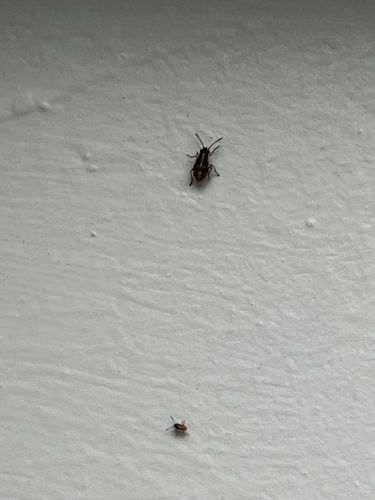Ant mimic ground beetle larva
Scientific Name: Syntomus barbarus (tentative identification based on larval appearance)
Order & Family: Coleoptera, Carabidae
Size: Larvae can range from a few millimeters up to 10-15mm depending on instar and species. Adults are typically 3-7mm.

Natural Habitat
Often found in various outdoor environments, under stones, leaf litter, bark, or in gardens. Larvae of some species may be found in ant nests.
Diet & Feeding
The larvae of ground beetles are primarily predatory, feeding on small invertebrates such as other insect larvae, springtails, mites, and sometimes even ant brood. Adult ground beetles are also mostly predatory, consuming other insects and their larvae, slugs, and snails, though some species may also consume seeds or plant matter.
Behavior Patterns
Ground beetle larvae are active predators, often nocturnal. Some species' larvae, like those of Syntomus, exhibit Myrmecophily (association with ants) and mimic ants to gain access to ant nests, where they may prey on ant larvae or pupae. They go through several larval instars before pupating and emerging as adults. Adults are fast-moving, often found on the ground or climbing low vegetation.
Risks & Benefits
Generally beneficial insects. As predators, they help control populations of various pest insects and slugs, making them valuable in agriculture and gardening. They pose no known risks to humans. While some larvae might enter ant nests, this is usually specific and not a general threat to human structures.
Identified on: 9/6/2025